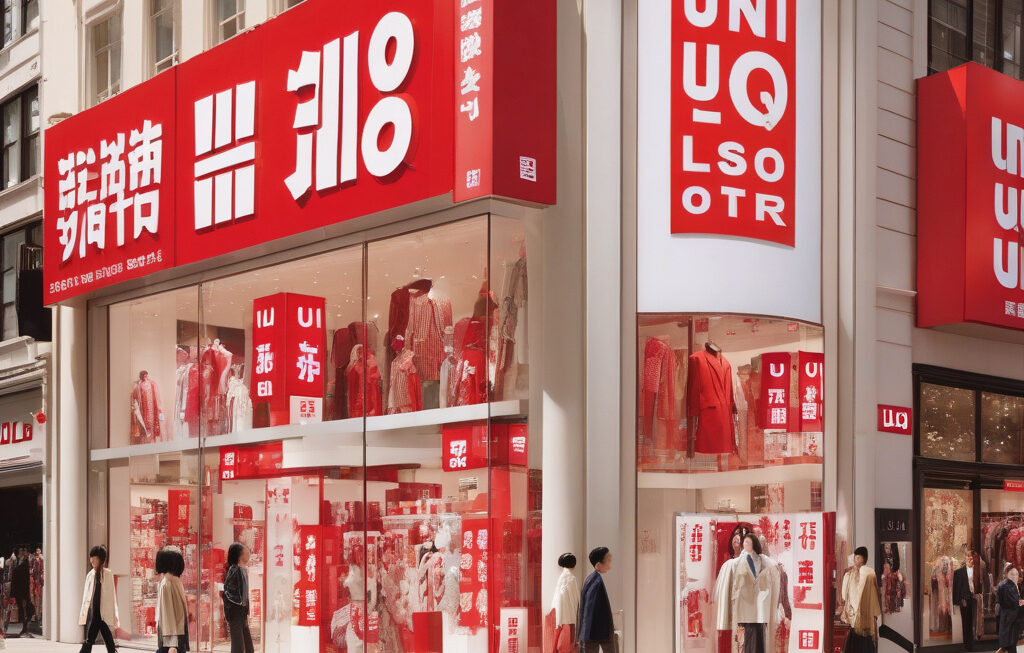Fast-Fashion Giant Shein Plans $2.3 Billion Supply Chain Hub
Fast fashion has taken the world by storm, with its ability to quickly churn out trendy and affordable clothing. One of the key players in this industry, Shein, has recently made headlines with its ambitious plans to invest a whopping 15 billion yuan ($2.3 billion) in constructing a global supply chain center in Guangzhou. This move is set to not only solidify Shein’s position in the fast-fashion market but also revolutionize the way supply chains operate in the industry.
The decision to establish a massive supply chain hub underscores Shein’s commitment to streamlining its operations and meeting the ever-growing demand for its products. By centralizing its supply chain activities, Shein aims to enhance efficiency, reduce lead times, and ultimately deliver a seamless shopping experience to its customers worldwide. This strategic investment is a testament to Shein’s dedication to staying ahead of the curve in a highly competitive market.
With the global supply chain center in Guangzhou, Shein is poised to optimize its logistics network, from sourcing raw materials to delivering finished products. By leveraging advanced technologies and automation, Shein can minimize errors, lower costs, and respond swiftly to market trends. This streamlined approach not only benefits Shein in terms of operational excellence but also translates to faster turnaround times for customers, ensuring that the latest fashion trends are always within reach.
Furthermore, Shein’s investment in a state-of-the-art supply chain hub is expected to have far-reaching implications for the fast-fashion industry as a whole. By setting new standards for efficiency and sustainability, Shein is challenging its competitors to rethink their supply chain strategies and embrace innovation. In an era where consumers increasingly value transparency and ethical practices, a well-structured and environmentally conscious supply chain can be a game-changer for brands looking to stay relevant.
The construction of the global supply chain center also signals Shein’s commitment to its home base in China. By choosing Guangzhou as the location for this mega facility, Shein is not only boosting the local economy but also showcasing China’s capabilities as a manufacturing and logistics powerhouse. This move highlights the importance of investing in domestic infrastructure to support the growth of homegrown companies with global ambitions.
In conclusion, Shein’s $2.3 billion investment in a global supply chain hub represents a significant milestone in the fast-fashion industry. By prioritizing efficiency, innovation, and sustainability, Shein is setting a new standard for supply chain management that is sure to reshape the way fast-fashion brands operate. As Shein continues to expand its global footprint, its strategic investment in Guangzhou paves the way for a more agile, responsive, and responsible fashion industry.
Shein, Fast Fashion, Supply Chain, Guangzhou, Efficiency












